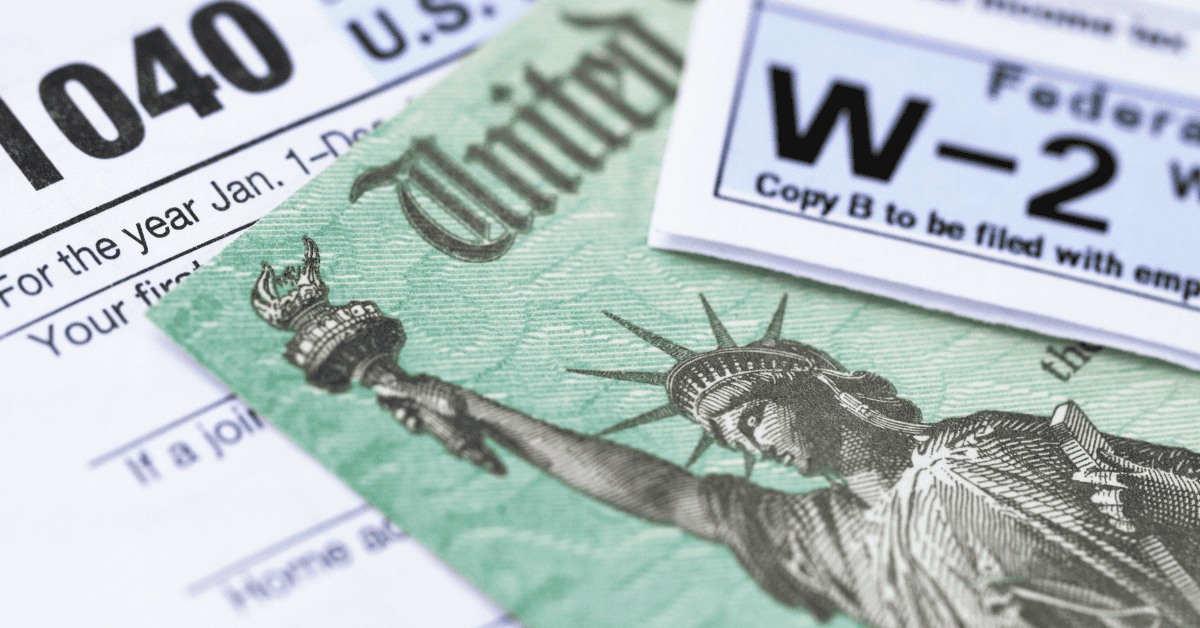“Should five percent appear too small, be thankful I don’t take it all” – Taxman, The Beatles
“Picking up nickels in front of a steamroller” is an old saying in the investment world to describe a strategy that has small, positive, and fairly regular returns, with the occasional huge risk that can wipe you out. Tax planning around your investments gets half of the saying right, in that tax planning is like picking up nickels, which can generate small, positive, and fairly regular returns – if you do it right. The good news is that there is no steamroller associated with prudent tax management. “It’s not what you earn, it’s what you keep” is a common refrain investors hear. When we say this to our clients, describing how we manage taxes, we often see heads nod. But, while most investors measure their returns by reviewing their statements or checking a 401(k) website, I’ve yet to meet one who understands how much of their return is lost to taxes. We like to call this “tax drag,” which is simply the amount of your return you lose to taxes.
Some firms have been measuring the tax drag of mutual fund investments for decades, and the results are worrisome for investors who are not paying attention. In a study aptly named “When Bad Taxes Happen to Good Funds”, Morningstar found that over the past 10 years ending 10/31/2020, the average equity mutual fund lost 1.48% of their returns to taxes. That may not sound too bad, but for a $1 million investment, that equals a cost of nearly $15,000 per year! Greenspring takes an active approach to managing taxes that seeks to shrink the tax drag to a much more manageable number for our clients. Here are some of the strategies we employ:
- Tax-loss harvesting – This is a strategy aimed at minimizing capital gains taxes. Greenspring will intentionally sell assets that have incurred losses to offset gains from other investments, reducing overall taxable income. By realizing losses, investors can use them to offset taxable gains and potentially lower their tax liability. The sold assets are often replaced with similar ones to maintain the portfolio’s desired allocation. One study finds the value of tax-loss harvesting over time to be between 20 and 30 basis points per year (0.20% to 0.30%). This technique helps optimize tax efficiency and can enhance long-term investment returns by strategically leveraging market fluctuations to manage tax consequences.
- Product selection – Investors now have various options when choosing an investment vehicle. For publicly traded securities, we typically employ mutual funds, exchange traded funds (ETFs), and/or separately managed accounts. There is no blanket “right” answer for which vehicle to choose. It depends on the client and account type, but the tax savings can be massive when reviewing Morningstar studies like the one cited above, which shows the tax drag on a typical mutual fund being nearly 1.5% per year. Here is a quick review of the vehicles:
- Mutual Funds
- Trigger Taxable Events: Buying or selling securities within the fund can lead to capital gains distributions, which investors must report and pay taxes on, even if they haven’t sold their shares.
- Lack of Control: Investors in mutual funds have limited control over the fund’s buying and selling decisions, potentially exposing them to unexpected tax consequences.
- Exchange Traded Funds (ETFs)
- Tax Efficiency: ETFs are often more tax-efficient due to their unique “in-kind” creation and redemption process, minimizing capital gains distributions. Investors may have greater control over when to realize capital gains by choosing when to buy or sell shares on the secondary market.
- Potential for Lower Taxes: ETFs typically generate fewer taxable events, reducing the tax burden on investors compared to mutual funds.
- Separately Managed Accounts (SMAs)
- Individual Control: SMAs offer investors direct ownership of the underlying securities, allowing for more control over buying and selling decisions. This can result in greater tax efficiency as investors can strategically manage capital gains.
- Customization: SMAs allow for personalized portfolio management, enabling tax-loss harvesting, specific gifting strategies, and other tax-minimization strategies tailored to the investor’s specific needs and circumstances.
- Asset location – Asset location refers to strategically placing different types of investments in taxable or tax-advantaged accounts to optimize overall tax efficiency. Generally, tax-efficient assets, like index funds, are placed in taxable accounts to benefit from lower tax rates, while tax-inefficient assets, such as high turnover funds or high-income-yielding investments, are positioned in tax-advantaged accounts like IRAs to minimize tax implications and enhance after-tax returns. By locating your assets in their ideal account type, you can maximize after-tax wealth. Vanguard’s recent study in August 2022 found that the value added from asset location typically ranges between 5 and 30 basis points (0.05% to 0.30%).
- Mutual Funds
So, how would you determine the “tax drag” of your portfolio? It’s actually fairly simple. Pull out your tax return and determine the taxes attributable to your investment accounts (you would find this on Schedule B – Interest and Dividends and Schedule D – Capital Gains and Losses). Take the tax owed (make sure you calculate federal and state taxes) and divide it by your total portfolio value. So, if I calculated the taxes associated with my investments at $31,500 and my portfolio value is $3 million, the tax drag of my portfolio would be 1.05% ($31,500 / $3 million).
By employing multiple tax-saving strategies listed above, a savvy investor can reduce the overall tax impact of investing in a meaningful way, keeping more of what they earn. If you are unsure if you are paying too much in taxes, feel free to reach out to Greenspring for a second opinion.



